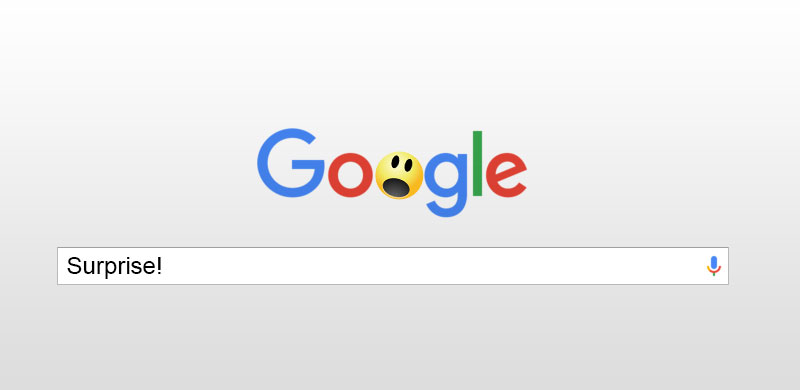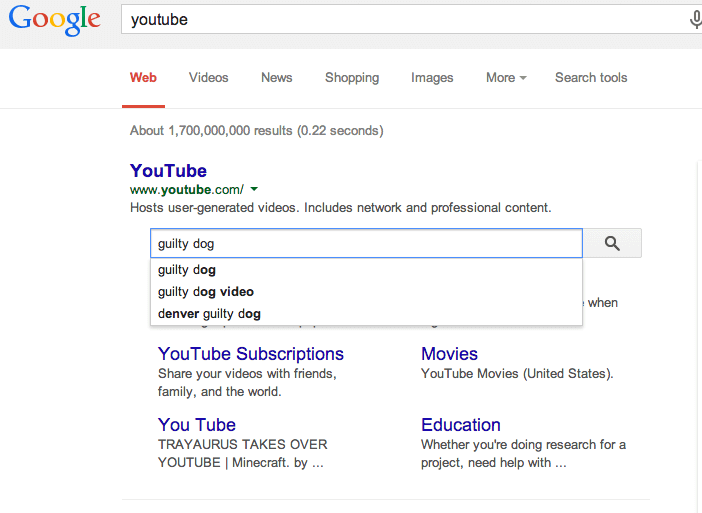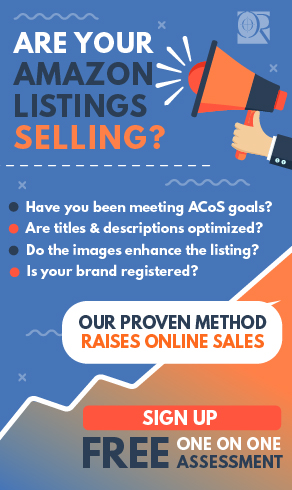
Is Google Really Pushing Competitors’ Ads Within Your Own Site Search?
At first glance, Google’s Search Within Site feature seems harmless enough. In fact, it seems like it could do wonders for your conversions, specifically to consumers who are somewhat familiar with your brand, but aren’t entirely sure if you have the product they have in mind.
The way it works is simple enough. A client searches for your brand name in Google. The search page comes back, showing a link to your homepage. Underneath it are typically links to other pages in your site, helping to navigate the user to the page he or she wants.
With the search within site feature, a new toolbar appears above those page links. This search bar allows the user to search your site without ever having to leave the comforts of Google’s search page. Sure, you’d love to have people go right to your site without an extra step or hesitation, but there could be some value here with this new feature.
Except when your competitors suddenly step on your game.

The Nasty Surprise Some Retailers Have Discovered With The Search Within Site Feature
Let’s say a user is looking for a pair of shoes. They’re not sure if you carry the brand, so, using the new tool bar under your homepage link on Google’s search page, they enter the name of the shoe brand and hit ENTER. Logic tells you that they’d be taken to a new results page that shows all the results – from your site – that matches the query. That is, in essence, the definition of site search, isn’t it?
But among any and all of the results based on your site’s data are the paid search ads of your competitors. It’s one thing to have paid search ads on Google’s main search page. That’s the name of the game. But when these ads appear in what’s technically an internal and focused search on your site? Is that taking things a bit too far?
Some retailers are scratching their heads, while Google tries to explain its reasoning.
First and foremost, Google defends itself by stating that it sent an email blast to all Google Webmaster Tools accounts weeks before the change. Within that blast it was stated that the search within site searches would be treated just like any normal search (meaning ads appear). Of course, that’s one perspective. The other perspective is that the Search Within Site searches aren’t the same as “normal searches,” seeing as even Google admits all organic results from the former are focused on the specific retailer. It’s safe to assume, then, that users likely view site-within-a-search pages differently as well. They feel the results are based on their trusted brand (your company).
This could end up having you lose customers and clicks.
Why Would Google Do This To Retailers?
In Google’s eternal quest to understand the psyche of the online consumer, the search engine Goliath says it’s determined that when a person searches for a specific company name, he usually has a second query in mind. Including paid ads from direct competitors helps to ensure that the user gets a fuller experience. It ensures the user will more easily find what he’s looking for … even if it’s not on your site.
Take Site Search Into Your Own Hands
Frustrated yet about this development? We thought you would be, which is why we offer you an alternative – your own search tool. Back in Sept., Google began allowing retailers to use their own search implementation, so long as it’s formatted correctly and submitted to Google (learn how to do this now). Amazon and Wal-Mart have already taken advantage. The result is when someone searches within the Amazon or Wal-Mart search boxes on Google’s search page, the user is then taken to search results pages on each of the retailer’s site. This, of course, is a win-win for you.
Would you like to know if the ads found in your Google site-search page are hurting your sales? Want to find a way around that major hiccup? OperationROI can help. Call us at 1-888-277-5429, or fill out our contact form, to learn how we can help you take back your site search.






